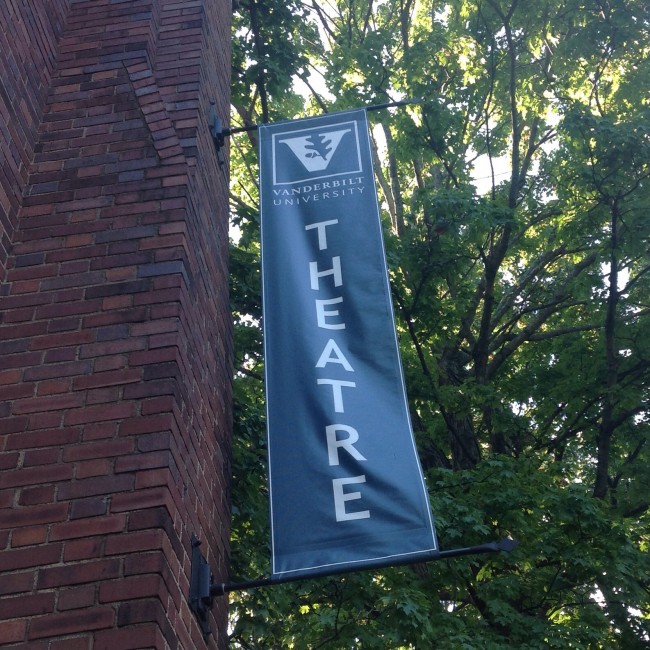The Art of Patronage
“For some of us it is performance, for others, patronage. They are two sides of the same coin…”

For the past seven years, I’ve been a spectator. An audience member. A patron. Sure, I had my share of elementary school Christmas plays and summer camp skits, but acting never grabbed me.
What grabbed me was the people who do act. Their ability to metamorphize into characters foreign to their own, or rather, draw upon a dormant part of themselves. To be bold, to embarrass themselves, to forget themselves.
Actors need an audience, as The Player puts to Rosencrantz and Guildenstern for surreptitiously leaving: “There we are––demented children mincing about in clothes that no one ever wore, speaking as no man ever spoke, swearing love in wigs and rhymed couplets, killing each other with wooden swords, hollow protestations of faith hurled after empty promises of vengeance––and every gesture, every pose, vanishing into the thin, unpopulated air. We ransomed our dignity to the clouds, and the uncomprehending birds listened.” (The Player)
Don’t worry, dear actors. I’ll stay and listen.
(As will my fellow blogger Erica––she was at the play, too.)
“We’re actors––we’re the opposite of people!”
By the end of the play, the remaining upright figures are the actors themselves (the actors who are acting as actors, that is). They can’t truly die, because they are commentators on death, and life, and everything in between. Their craft is to die a thousand deaths in every imaginable way. They are within the story and without––When Rosencrantz and Guildenstern vanish for good, when Hamlet and his family lie murdered by each other’s insatiable passions, when Horatio laments the “carnal, bloody and unnatural acts,” the troupe of actors is unhurt and unfazed.
“The colours red, blue and green are real. The colour yellow is a mystical experience shared by everybody.”
The actors, per their jobs, easily embrace multiple realities, but Rosencrantz and Guildenstern puzzle over reality. Guildenstern (the only one of the two to say anything intelligent) cites “a Chinaman of the T’ang Dynasty––and, by which definition, a philosopher––dreamed he was a butterfly, and from that moment he was never quite sure that he was not a butterfly dreaming it was a Chinese philosopher. Envy him, in his two-fold security.”
This line struck me because sometimes I dream about my family and my life before college, and when I wake up, I’m in Nashville and no one knows my name. I have a moment of uncertainty: which one is real? ––in which setting am I really myself?
Rosencrantz and Guildenstern mock attempts to define reality, realizing the inherently problematic nature of it: “All your life you live so close to truth, it becomes a permanent blur in the corner of your eye, and when something nudges it into outline it is like being ambushed by a grotesque.” We see what we want to see, until we can’t help but see the truth––I’m not sure what a grotesque is, but I can buy the simile.
The play’s power to fascinate comes from it’s Shakespearean subplot––Hamlet––and is evidence that creativity is a derivative process. To experience this for yourself, you have three more days to get yourself to Neely, perhaps with parents in tow. (It’s free for Vanderbilt undergrads; just remember to reserve tickets! I almost didn’t get a seat tonight.)
